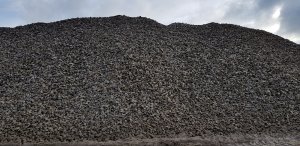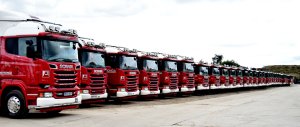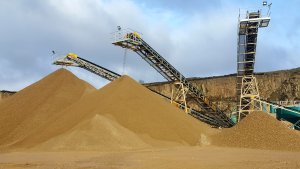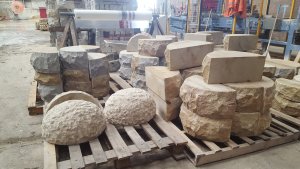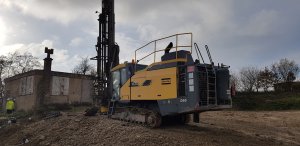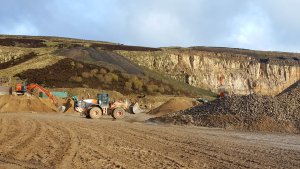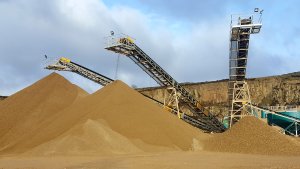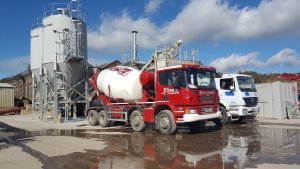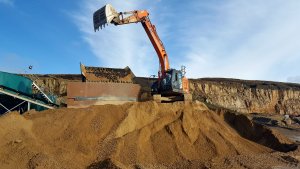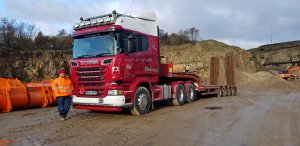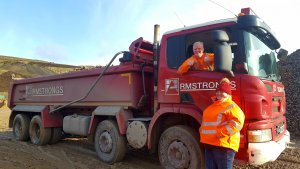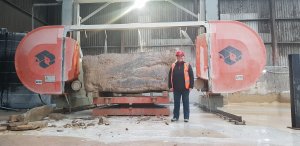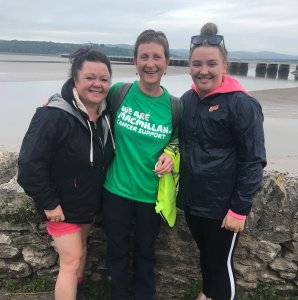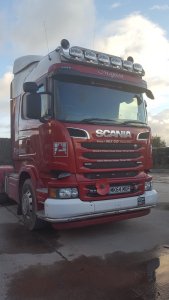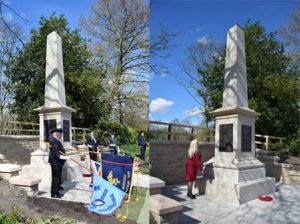Food Bank Donations
Christmas is a time for family and the community. Over the past few months we have been investing our time and efforts heavily into our local communities. Armstrongs were first approached by the lovely people at The Media Village to take part in their Food Bank Donations drive.
The Media Village
We first met The Media Village through the #BoltonTweetUp Twitter chat for local businesses and quickly developed a working relationship with them. We are humbled to have been approached by them to take part in this wonderful cause.
The idea was a fairly simple one. A reverse advent calendar. Each day we donated one item to the box for 25 day . However we couldn’t stick to that rule and ended up donating so much more. As a result of this we ended up with two full boxes of food to donate.

Once the boxes were wrapped one was collected by The Media Village and the other was donated to Bolton Lads and Girls Club.
Bolton Lads And Girls Club
A few weeks ago, I was humbled to be invited to BLGC to have a look around and to discover about the great work they do for the community. I was told about their food banks, their clothing banks and their different activities we could get involved in.
Last week, Andy and Dora from BLGC came in for a brew.They collected the donations box. Whilst here they told us all about the good work they are doing for local people. As a result of this we will be working closely with BLGC in the future to provide enriching activities and experiences to those who use their services. We are looking forward to working with them in our local community.

You can find out more about our work in the community across our social channels. On Facebook, Twitter, LinkedIn and Instagram.
Read More
